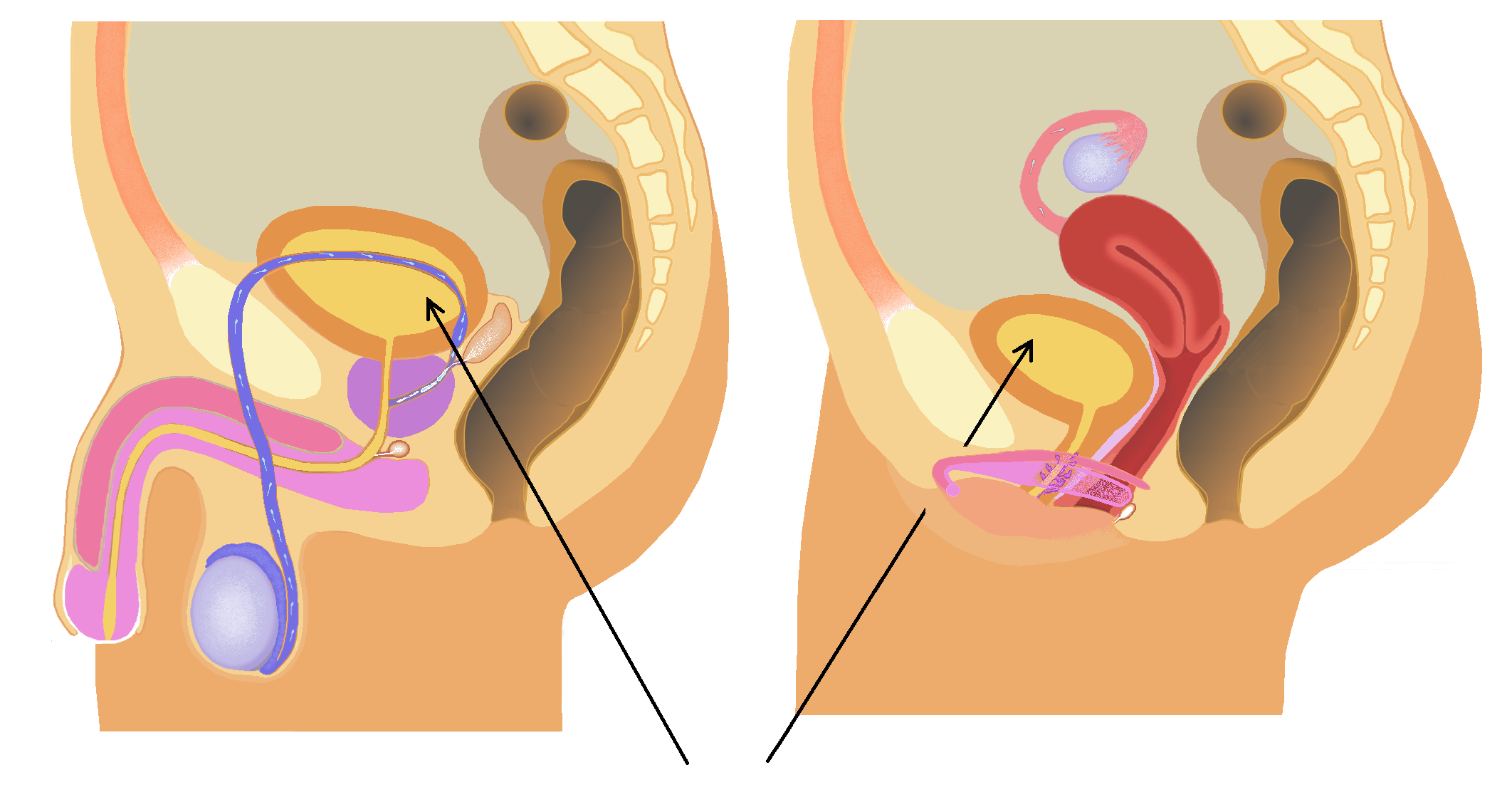|
Aceria Brachytarsus
''Aceria brachytarsus'', formerly ''Eriophyes brachytarsus'', also known as the pouch gall mite or the walnut purse gall mite, is an eriophyoid mite that produces leaf-pouch galls on various species of walnut trees including ''Juglans californica ''Juglans californica'', the California black walnut, also called the California walnut, or the Southern California black walnut, is a large shrub or small tree (about ) of the walnut family, Juglandaceae, endemic to the Central Valley and the Co ...''. The gall produced by this mite initially looks like a bladder gall. This gall has been observed in California, Iran, and Spain. References External links * Eriophyidae Gall-inducing arthropods Arachnids of North America Animals described in 1939 {{Acari-stub ... [...More Info...] [...Related Items...] OR: [Wikipedia] [Google] [Baidu] |
Eriophyidae
Eriophyidae is a family of more than 200 genera of mites, which live as plant parasites, commonly causing galls or other damage to the plant tissues and hence known as gall mites. About 3,600 species have been described, but this is probably less than 10% of the actual number existing in this poorly researched family. They are microscopic mites and are yellow to pinkish white to purplish in color. The mites are worm like, and have only two pairs of legs. Their primary method of population spread is by wind. They affect a wide range of plants, and several are major pest species causing substantial economic damage to crops. Some species, however, are used as biological agents to control weeds and invasive plant species. Notable species Notable species in this family include: *'' Abacarus hystrix'', the cereal rust mite *'' Abacarus sacchari'', the sugarcane rust mite *'' Acalitus essigi'', the redberry mite, which affects blackberries *'' Aceria chondrillae'', the chondrilla g ... [...More Info...] [...Related Items...] OR: [Wikipedia] [Google] [Baidu] |
Juglans Californica
''Juglans californica'', the California black walnut, also called the California walnut, or the Southern California black walnut, is a large shrub or small tree (about ) of the walnut family, Juglandaceae, endemic to the Central Valley and the Coast Range valleys from Northern to Southern California. Distribution ''Juglans californica'' is generally found in the valleys and adjacent slopes of the California Coast Ranges, Transverse Ranges, and Peninsular Ranges. It grows as part of mixed woodlands, and also on slopes and in valleys wherever conditions are favorable. It is threatened by development and overgrazing. Some native stands remain in urban Los Angeles in the Santa Monica Mountains, Hollywood Hills, and Repetto Hills. ''J. californica'' grows in riparian woodlands, either in single species stands or mixed with California's oaks (''Quercus'' spp.) and cottonwoods ('' Populus fremontii''). Climate model predictions indicate that *Juglans californica* may expand its range ... [...More Info...] [...Related Items...] OR: [Wikipedia] [Google] [Baidu] |
Bladder Gall
The bladder () is a hollow organ in humans and other vertebrates that stores urine from the kidneys. In placental mammals, urine enters the bladder via the ureters and exits via the urethra during urination. In humans, the bladder is a distensible organ that sits on the pelvic floor. The typical adult human bladder will hold between 300 and (10 and ) before the urge to empty occurs, but can hold considerably more. The Latin phrase for "urinary bladder" is ''vesica urinaria'', and the term ''vesical'' or prefix ''vesico-'' appear in connection with associated structures such as vesical veins. The modern Latin word for "bladder" – ''cystis'' – appears in associated terms such as cystitis (inflammation of the bladder). Structure In humans, the bladder is a hollow muscular organ situated at the base of the pelvis. In gross anatomy, the bladder can be divided into a broad (base), a body, an apex, and a neck. The apex (also called the vertex) is directed forward toward the up ... [...More Info...] [...Related Items...] OR: [Wikipedia] [Google] [Baidu] |
Arachnids Of North America
Arachnids are arthropods in the class Arachnida () of the subphylum Chelicerata. Arachnida includes, among others, spiders, scorpions, ticks, mites, pseudoscorpions, harvestmen, camel spiders, whip spiders and vinegaroons. Adult arachnids have eight legs attached to the cephalothorax. In some species the frontmost pair of legs has converted to a sensory function, while in others, different appendages can grow large enough to take on the appearance of extra pairs of legs. Almost all extant arachnids are terrestrial, living mainly on land. However, some inhabit freshwater environments and, with the exception of the pelagic zone, marine environments as well. They comprise over 110,000 named species, of which 51,000 are species of spiders. The term is derived from the Greek word (''aráchnē'', 'spider'), from the myth of the hubristic human weaver Arachne, who was turned into a spider. Morphology Almost all adult arachnids have eight legs, unlike adult insects which all ... [...More Info...] [...Related Items...] OR: [Wikipedia] [Google] [Baidu] |


